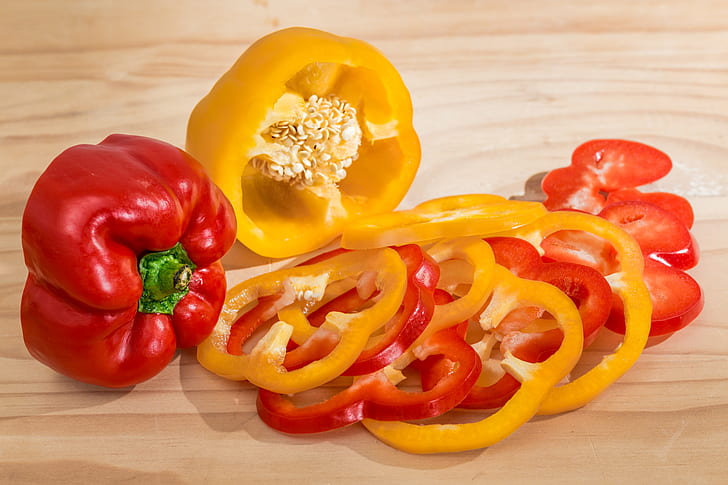Growing Peppers Indoors – Guidelines & Tips
Growing peppers indoors can be a rewarding experience and a great way to have an abundant supply of fresh peppers year-round. Peppers are a great addition to any garden and they can be an easy and inexpensive way to add a burst of flavor to any dish. But, growing peppers indoors can be tricky and require some extra effort to make sure they thrive in their environment. Read on for tips and guidelines on how to successfully grow peppers indoors.
Choose the Right Variety of Pepper
When selecting peppers to grow indoors, it’s important to choose a variety that is best suited for the conditions. Some types of peppers thrive in damp and humid conditions while others prefer cool temperatures and dry environments. Look for pepper varieties that are specifically labeled as being suitable for indoor growth. Generally, smaller, compact varieties such as chili peppers, jalapenos, and poblanos are great for growing indoors.
Choose the Right Pot & Soil
The right pot size and soil can make all the difference when it comes to growing peppers indoors. Peppers require plenty of drainage and aeration, so make sure the pot is large enough to allow for adequate drainage. Choose a potting mix with a loam or sandy texture that’s specially designed for growing peppers, and make sure it includes plenty of organic matter.
Provide Adequate Light & Water
Peppers require six to eight hours of direct sunlight per day, so position the pots in a sunny spot. When it comes to watering, it’s best to water lightly but consistently. Water as soon as the top inch or two of soil has dried out, and water until it comes out the bottom of the pot.
Keep the Temperature Consistent
Peppers prefer temperatures between 75-85°F during the day and 65-75°F at night. To provide more consistent temperatures, invest in a thermometer to monitor the temperature. If the temperature drops too low, consider using a space heater to keep the area warm enough for the peppers to thrive.
Fertilize Regularly
To make sure your peppers get the nutrients they need to grow and produce fruit, it’s important to fertilize regularly. Look for an organic fertilizer specifically designed for peppers. Apply the fertilizer once per month during the growing season.
Monitor for Pests & Diseases
It’s important to keep an eye out for pests and diseases that can affect your pepper plants. Common pests to watch for include aphids, caterpillars, and spider mites. If you spot any signs of pests or diseases, act quickly and be sure to use organic treatments when possible.
By following these guidelines and tips, you can have a successful pepper-growing experience indoors. Enjoy the abundant harvest that your peppers provide and savor the flavor of freshly harvested peppers.



